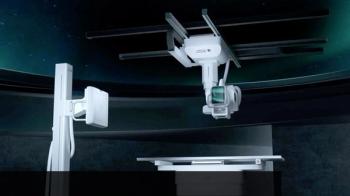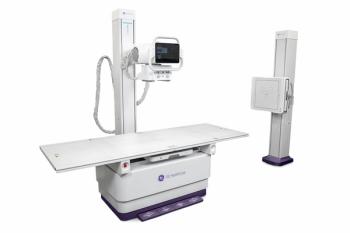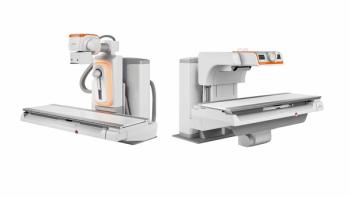
Digital x-ray challenges CT lung cancer screening
Innovative x-ray technologies bolster early detection and shorten gap between DR and CT
Low-dose CT appears well suited to the task of diagnosing lung cancer at an early stage. But it faces challenges regarding small nodule detection, and it may not be widely available for screening. Several research groups that presented at the 2005 Radiological Society of North America meeting suggest that digital radiography-further enhanced by computer-aided detection and digital subtraction techniques-could overcome CT's shortcomings in this setting.
Li Fan, Ph.D., and colleagues at the Peking Union Medical College found decreased interobserver variation and increased nodule detection when CAD was added to DR. In 200 screening studies, the average detection without CAD was 50% per reader, but the collective detection rate averaged 35%, underscoring interobserver variation. With CAD, individual and collective detection rates each averaged 90%. CAD can also be applied to computed radiography.
Overlying bone structures challenge DR's ability to detect lung nodules, but dual-energy subtraction chest radiography shows promise. Dr. Seong Kyu Ahn and colleagues in Daejeon, Korea, found that dual-energy subtraction eliminated rib shadows and allowed accurate computerized measurement of lung nodule volume. In addition, Dr. Amy E. Musk and colleagues from the University of Maryland in Baltimore reported that using dual-energy subtraction radiography helped reduce the recommendation rate for follow-up CT.
DR/CR might be the least expensive solution compared with CT. In reality, however only a handful of institutions can offer the techniques proposed, said Dr. Cornelia Schaefer-Prokop, an associate professor of radiology at the Academic Medical Center in Amsterdam.
"A lung cancer screening program must consider four important aspects: the availability of the diagnostic imaging modality used, radiation dose, diagnostic performance, and the overall costs involved in the screening. Considering that low-dose CT is already a powerful and available tool, DR/CR studies must provide convincing evidence of that technology's superiority in these four areas," Schaefer-Prokop said.
Newsletter
Stay at the forefront of radiology with the Diagnostic Imaging newsletter, delivering the latest news, clinical insights, and imaging advancements for today’s radiologists.




























